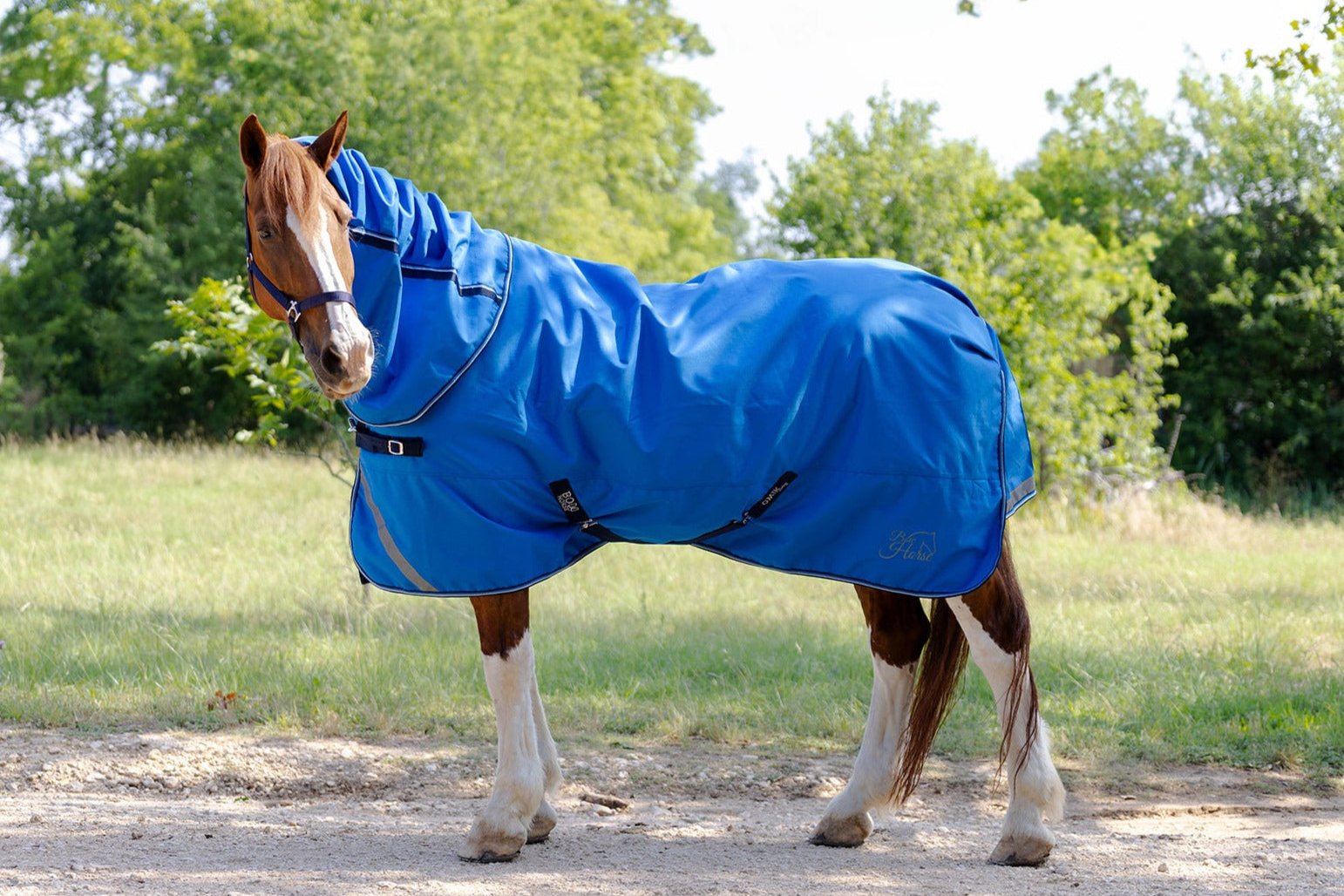Maintaining your dressage saddle is essential for the longevity of your equipment and the comfort of your horse. This big guide will offer you a detailed understanding of how to clean a dressage saddle properly. We are delighted to share these tips approved by experts and ensure tremendous results.

Why Its Important to Clean Your Dressage Saddle
Keeping your dressage saddle clean is not merely about aesthetics. A clean saddle ensures better performance, and extends its lifespan, and comfort for both the rider and the horse. Saddles are a big investment, and proper maintenance guarantees that you get the most out of your purchase.
How Often Should You Clean Your Saddle?
A saddle should be cleaned regularly, ideally after every ride. However, a more thorough cleaning should happen at least once a month. Regular maintenance prevents dirt buildup, which can lead to wear and tear over time.
Essential Cleaning Supplies
- Saddle Soap: Choose a quality saddle soap.
- Leather Conditioner: Helps maintain the leathers softness and durability.
- Soft Cloth or Sponge: For applying the soap and conditioner.
- Bucket of Water: Make sure its clean.

Step-by-Step Guide to Cleaning Your Dressage Saddle
1. Remove the Saddle from the Horse
Start by removing the saddle and placing it on a clean, stable surface. Make sure youre in a well-lit area so you can see all the dirt and grime that needs cleaning.
2. Wipe Off Surface Dirt
Use a soft cloth to gently remove surface dirt and debris. This step is crucial as it prevents any abrasive particles from scratching the leather during the cleaning process.
3. Apply Saddle Soap
Lightly wet your sponge or cloth and apply saddle soap. Using a circular motion, work the soap into the leather to lift out dirt and grime.
4. Clean the Seams and Hard-to-Reach Areas
Use a smaller, pointed tool wrapped in cloth to clean seams, stitching, and other hard-to-reach areas. This ensures that no part of your saddle is left dirty.
5. Rinse Off the Soap
Use a clean, damp cloth to wipe away the saddle soap. Make sure no residue remains, as it can attract more dirt.
6. Dry the Saddle
Pat the saddle dry with a clean, dry cloth. Avoid using direct heat as it can dry out the leather.
7. Apply Leather Conditioner
Once the saddle is dry, use a leather conditioner to nourish and protect the leather. Apply it sparingly and distribute it evenly.
8. Let It Rest
Allow the conditioner to soak into the leather for several hours, preferably overnight. This ensures the leather absorbs the conditioner fully.

Common Mistakes to Avoid
Avoid using too much water, as it can oversaturate the leather and cause damage. Never use harsh chemicals as they can strip the leather of its natural oils, causing it to become brittle and crack.
Additional Saddle Care Tips
Store your saddle in a cool, dry place. Use a saddle cover to protect it from dust and sunlight. Regularly check for signs of wear and tear, and address them promptly.
When to Seek Professional Help
If you notice significant wear, loose stitching, or damaged leather, its best to seek professional help. Expert leatherworkers can often repair and restore a saddle to its original condition.
Extending the Life of Your Saddle
With proper care and regular maintenance, your dressage saddle can last for many years. This not only saves you money but also enhances your riding experience.
Invest in Quality Products
Quality saddle soaps and conditioners may cost more, but they are worth the investment. They provide better results and are less likely to damage your saddle.
FAQs
How often should I condition my saddle?
Condition your saddle every few months or whenever the leather feels dry.
Can I use regular soap to clean my saddle?
No, regular soap can dry out the leather and cause damage. Always use saddle soap.
What if I don’t clean my saddle regularly?
Neglecting regular cleaning can lead to a buildup of dirt and grime, causing the leather to deteriorate faster.
External link here: [How to cook cast iron salmon](https://dishnthekitchen.com/simple-cast-iron-salmon/)
As an Amazon Associate, I earn from qualifying purchases.